
tribal livelihood
GUJJAR TRIBE, jammu & kashmir
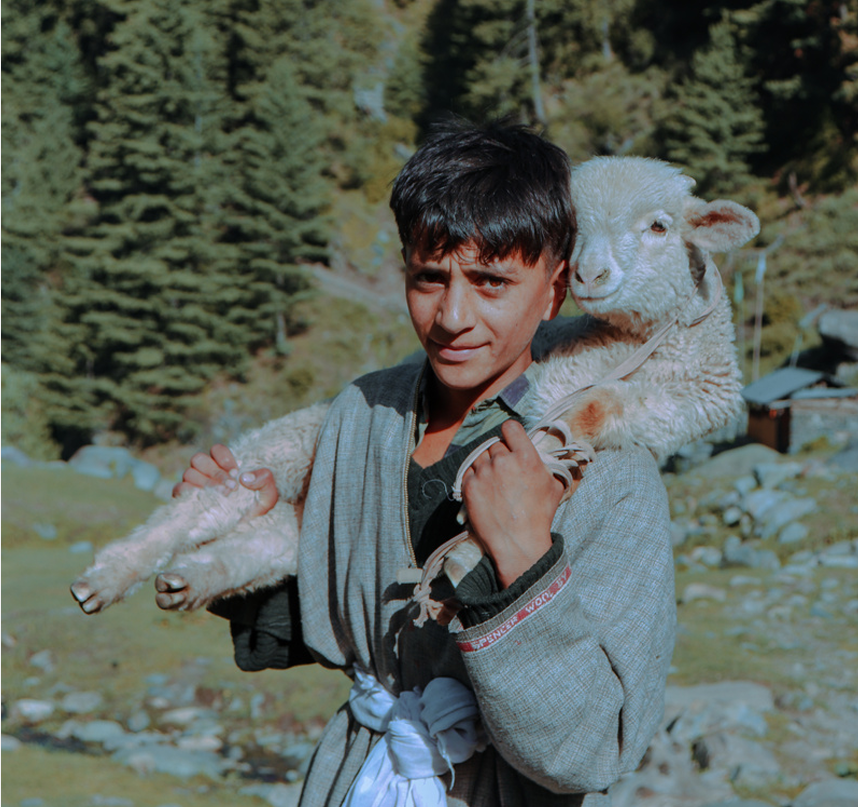
The Gujjar tribe, the predominant population of Jammu and Kashmir Is full of history and culture. Several historians speculate that they were initially Georgia migrants to the Indian subcontinent from where they slowly dispersed and settled in various regions of the country. Gujjars are famous for their close relationship with nature and pastoral ways of life, and are regarded as the third-largest ethnic group in Jammu and Kashmir. They are amongst the very rare societies who managed to hold onto their distinct language, Gojri, that is an essential part of their culture but which has yet not been recognized with official language status.
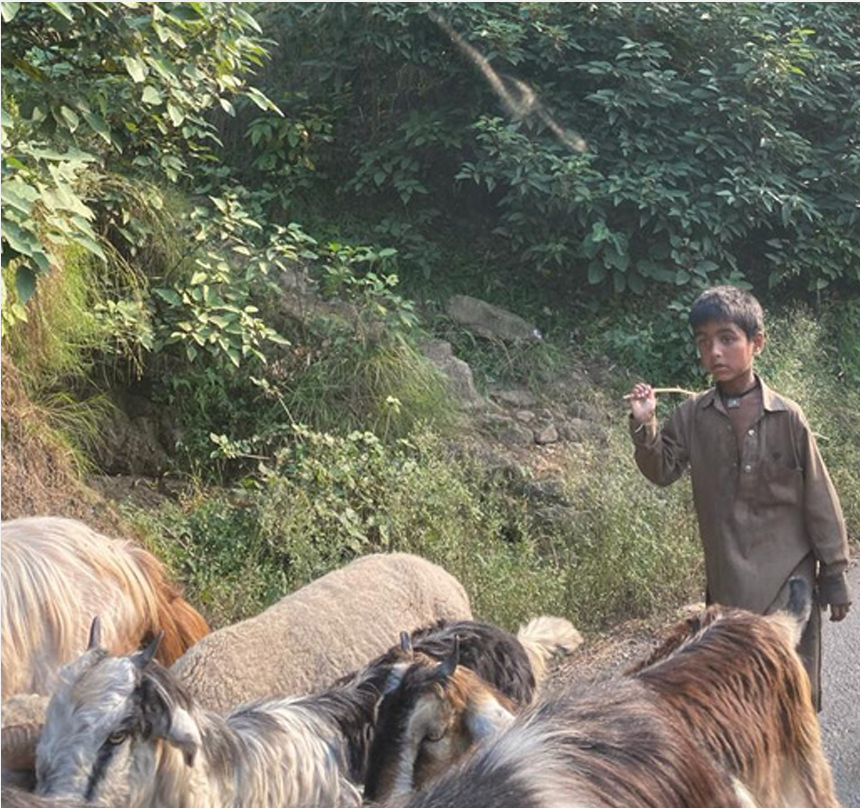
Traditionally, Gujjars led a semi-nomadic life, where they depended mainly on cattle for their subsistence. The tribe is divided into two major groups-Jamindar Gujjars who are cultivating and Dodhi Gujjars who kept buffalos and milk production. They have seasonal movements, especially the Bakarwal sub-group which grazes sheep and goats. Recently, most of the Gujjars have shifted to agriculture and other activities as their lifestyle changed for an adapting economy.
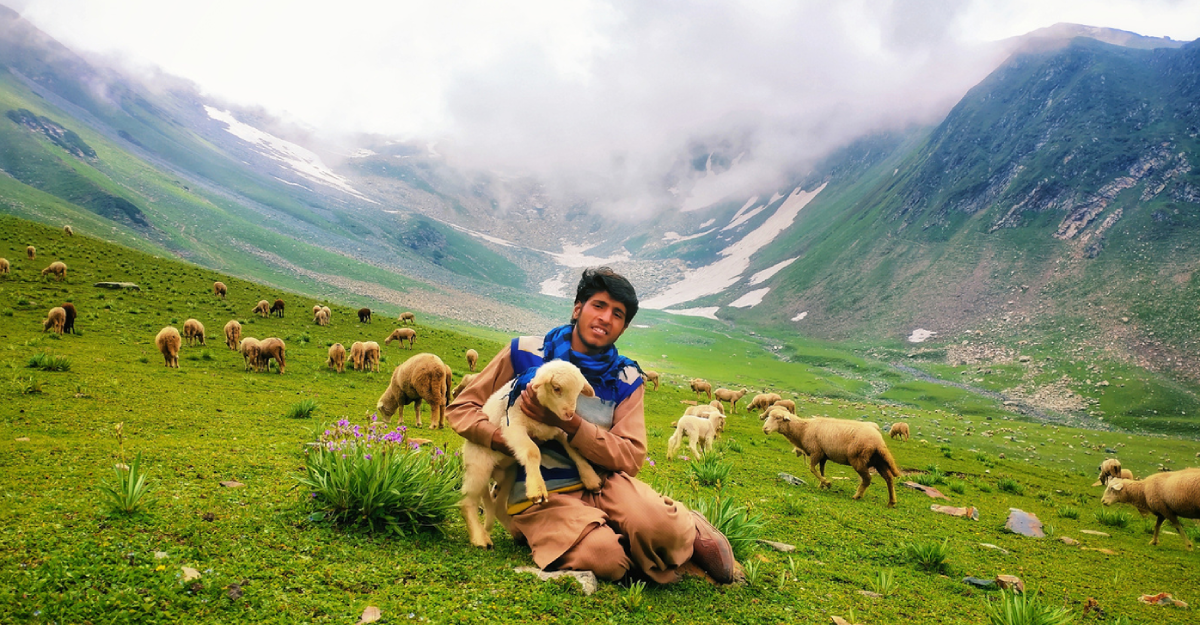
The Gujjar-Bakarwals exhibit a rich cultural palette of practices, traditions, and folklore that portray an extended relationship with their forebears. The oral tradition of folk tales, songs, and Gojri poetry upholds their identity. It is their stock that stores their history, morals, and social framework of Gujjars. With the passage of modernity, they cling to their traditions and pass them on to generations, thereby reaffirming their sense of identity in the vast socio-political arena.
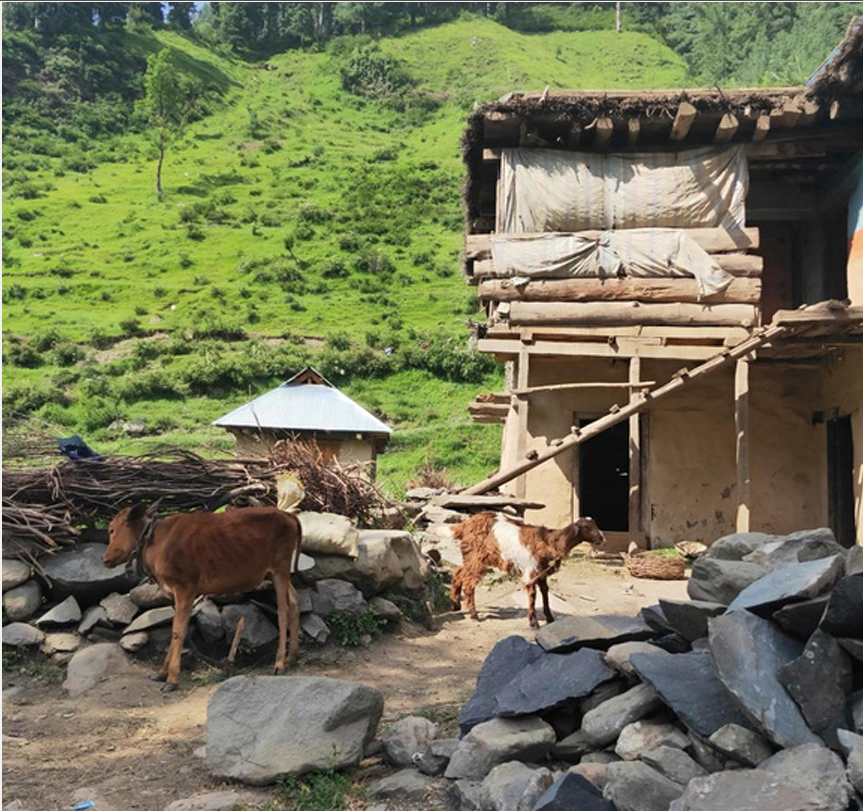
The Gujjars are also characterized by social and economic marginalization coupled with the near-low level of recognition accorded to their language. The Gojri language used by a good section of the community is yet to be given the status of an official language, and this is certainly hindering the advancement and recognition of the language. Economic pressure and deprivation from educational and health facilities are other challenges. The traditional pastoral way of life of the community is under yet another pressure from modern development schemes; hence, many Gujjars are struggling to hold on to their traditions amidst rapid change.
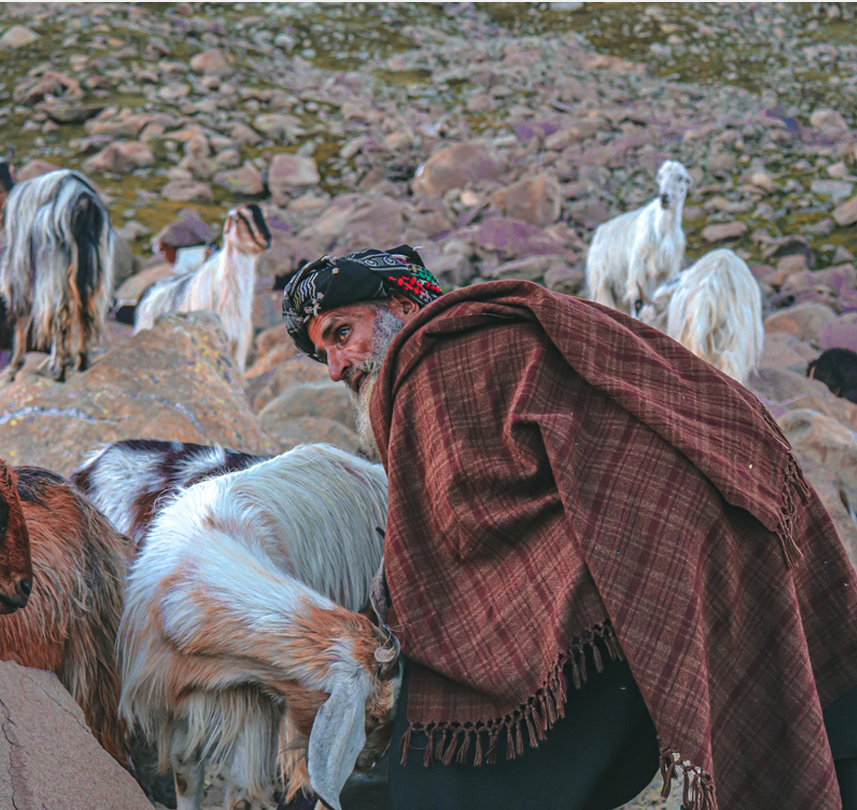
There are initiatives underway to assist in the sustainable development of the Gujjar-Bakarwal people. Community and national organizations emphasize the retention of Gojri language and culture through educational and documentation activities. There are some organizations involved in promoting sustainable livestock management and others in increasing resource access to healthcare and education. By marrying traditional methods with innovation, these efforts towards sustainability work to allow the Gujjar people to maintain their heritage while enhancing their standards of living.


